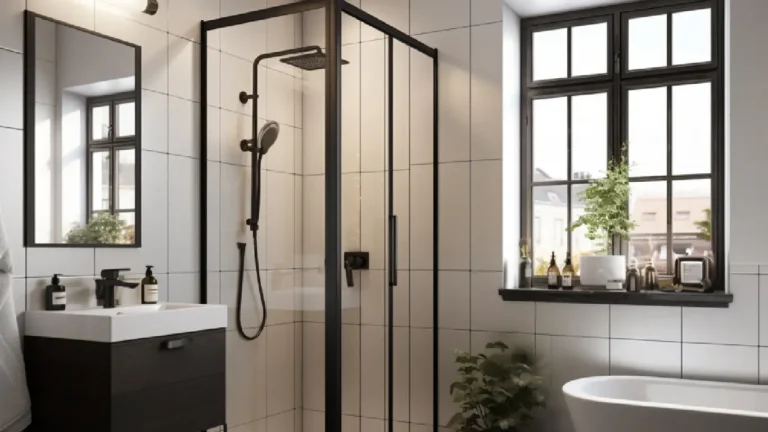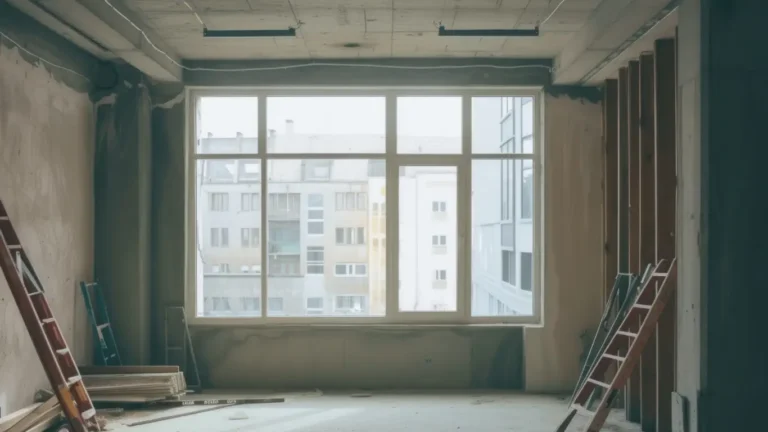The hollow door is a staple of modern homes; it is only used in the interior and installed in closets, some laundry rooms, bedrooms, bathrooms, and utility rooms.
It has some advantages (like easy installation and cost-effectiveness) and disadvantages (like poor soundproofing or low durability).
Builders love installing it because of its low price, easy installation, and basic door functionality.
Below, you will learn everything you need to know before purchasing it.
What is a hollow-core door?
Hollow core doors are laminated wood doors or fiberboard and look like flat, long boxes that are mostly hollow inside.
It has cardboard honeycomb spacers at key points that help the door maintain its structure. These doors are available at most home centers.
One of the main downsides of this door is its durability. If you accidentally break it, you will notice it is not truly hollow. The fiberboard honeycomb structure inside the door offers strength, preventing the door from bending or warping.
All hollow-core doors are suitable for use inside. Intruders could easily punch through the thin surfaces with a screwdriver, hammer, or fist, making them inappropriate for exterior use. Furthermore, they are not weatherproof. When exposed to the elements, the fiberboard shell would quickly deteriorate.
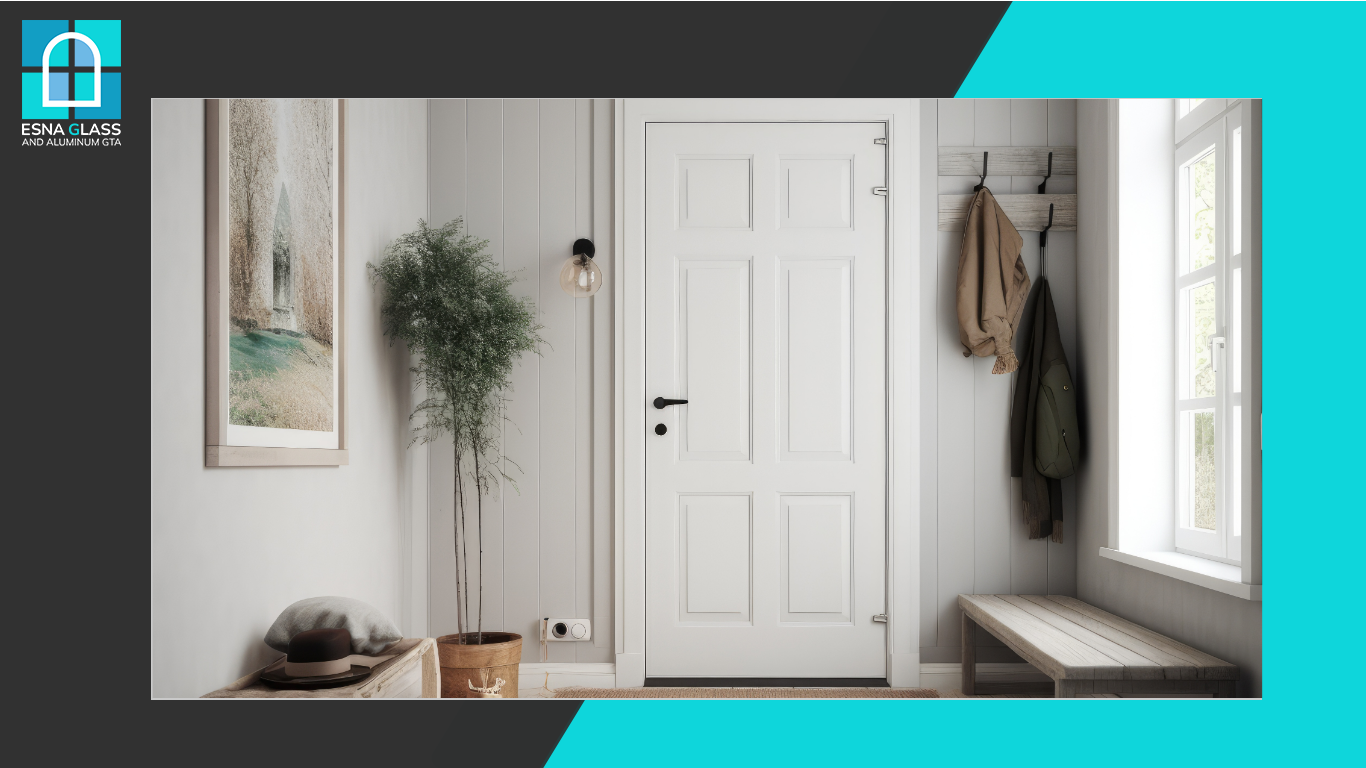
The benefits and downsides of hollow doors
Pros
- Cost-effective; its price is less than $80.
- Easy installation: its light weight makes it easy to install for everyone.
- Easy to transport. They are lightweight, making them easy to transport.
- The fundamental door functionality provides the privacy you want.
Cons
- Low durability. Its outside shells are thin and, consequently, easily damaged.
- Poor soundproofing. If you want better soundproofing, use solid-core doors.
- Because many of them contain fiberboard without veneer, they cannot be sanded and must be repainted (no sanding).
- Because these doors are prevalent, they have a moderate resale value. At worst, they can devalue a home if it has custom features that outperform the quality of hollow core doors.
Hollow door vs. solid door
One of the main benefits of solid wood doors is that they are 100% wood, so you can sand, paint, and fill them if they are damaged.
Here, you face the following question: Keep reading to learn more about the differences, benefits, and downsides.
Should we install a hollow door?
When you install a solid wood door, you will notice that it reduces sound transmission well. Moreover, the door has a beautiful swing thanks to its lightweight.
However, reality and money are the two main factors that create lots of limits for builders and homeowners. Consider: if all your interior doors are solid core or wood doors and you have to replace them, the money you should pay is more than you are willing to pay. Even in small houses, there are probably eight to ten interior doors.
Using hollow core doors instead of solid wood doors can save you hundreds of dollars and a significant amount of time because they are lightweight and easy to install for everyone. They are easy to transport from the home center to your home or from room to room.
The lightweight design of the door aids in hanging it on the hinges. You can hold the door with one hand while screwing it with the other.
MDF solid-core doors
Solid-core MDF doors are one of its powerful competitors. They are heavy and have a solid fiberboard interior and a wood veneer exterior. They also work well at slowing sound transmission, similar to solid doors but at a lower cost.
Remember, you need to ask for professional help to install solid MDF doors.
Hollow door repair
All the things you need for hollow door repair
- Utility knife
- Cardboard, mesh wire, or paper towels
- Paint or wood stain
- Putty knife
- All-purpose paintbrush or paint roller
- Sandpaper sheets
- Auto-body filler or spackle
- Expanding insulation foam
Things you need to know:
- First, you should fill the hole or opening with cardboard, wire mesh, or paper towels. Then insert expandable foam to fill the gap.
- Scrape off the extra foam, then repair the damage with a spackle or auto-body filler.
- Sand the filler or spackle down after it has dried. To conceal the repair, paint or stain it.
Hollow door fixing:
Part 1: Filling up cracks and holes
- Remove splintered or broken wood from the area surrounding the aperture.
- Pack the hole with wire mesh, cardboard, or paper towels.
- Use expanding foam insulation to plug the opening.
- Let the insulating foam dry overnight.
- With a utility knife, carefully cut away any extra foam.
- For a robust repair, apply a layer of auto-body filler.
- Use spackle to fill the hole for a faster repair.
- For the surface to fully cure, wait 24 hours.
- Finally, sand the repaired surface.
Part 2. Hollow core door refinishing
- Take out any hardware and hinges if the entire door needs to be refinished.
- To match the color of your door, look for paint or wood stain.
- Give the whole door a uniform coat of paint or wood stain.
- Give the door 24 hours to dry.
- If additional paint or wood stain is required, apply it and allow it to dry.
Repairing loose hollow door handles
Using round rose handles:
The lock or latch will probably prevent fixing screws from going in, leaving insufficient wood for a great screw fix. In this situation, you must utilize a lock/latch with pre-drilled through-fixing holes in conjunction with bolt-through fixes. You can see the positions of these holes in the below image. If your lock or latch does not have these holes, you will probably need to replace them.
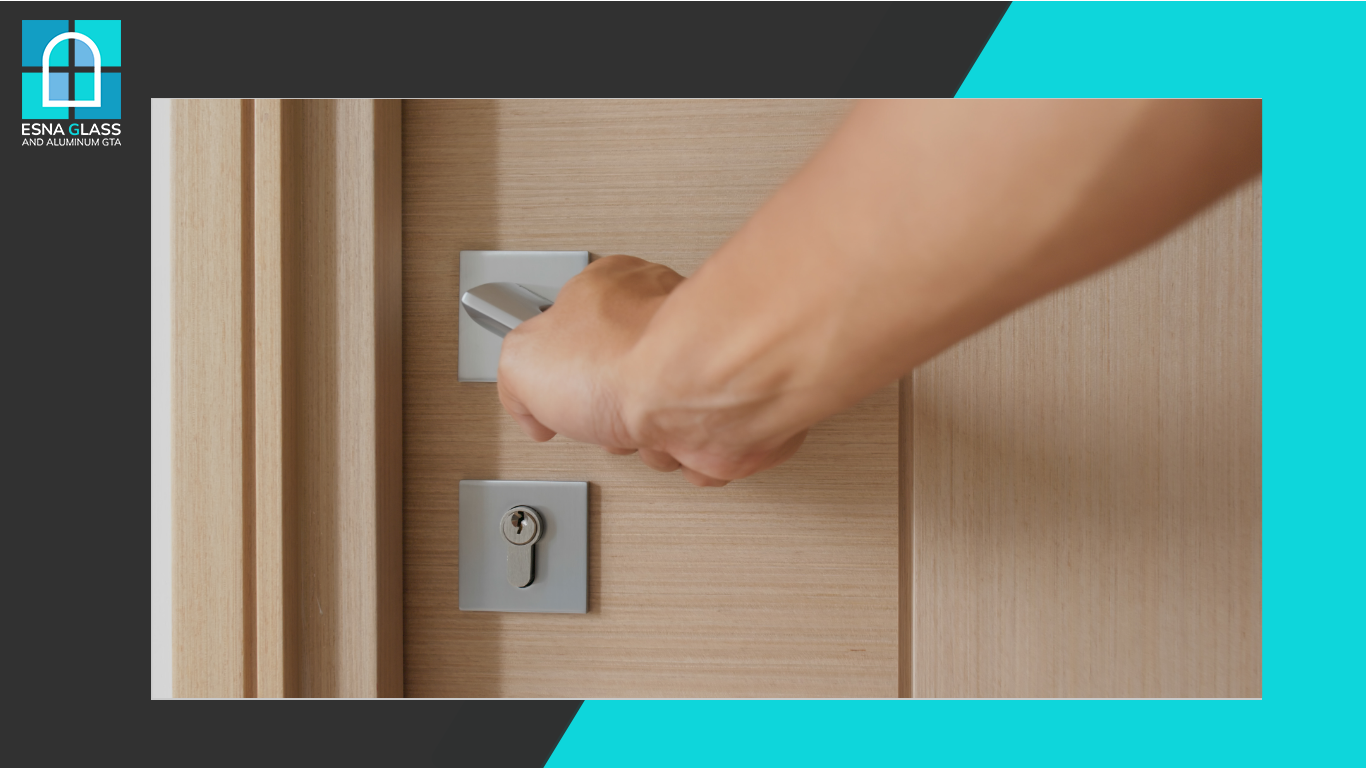
The fixed screws are loose and no longer embedded in the wood.
The screws should be double-checked in the lock block, not in a hollow area of the door. If there is a lock block, you could find that inserting a matchstick into the fixing hole will encourage the screw to bite again. If not, use bolt-through fasteners for a more long-lasting and secure solution. This will also be a desirable solution if the door is hollow at the fixing point, meaning the screws missed the lock block.
The handles have exposed screw heads, so any fastening must match the finish.
The exposed screw heads will probably be six-gauge raised-head countersunk screws with round faces rather than flat heads. The screw heads will closely resemble the design and finish of a six-gauge raised-head wood screw, enabling you to securely fasten your handles while also giving them an alluring appearance.
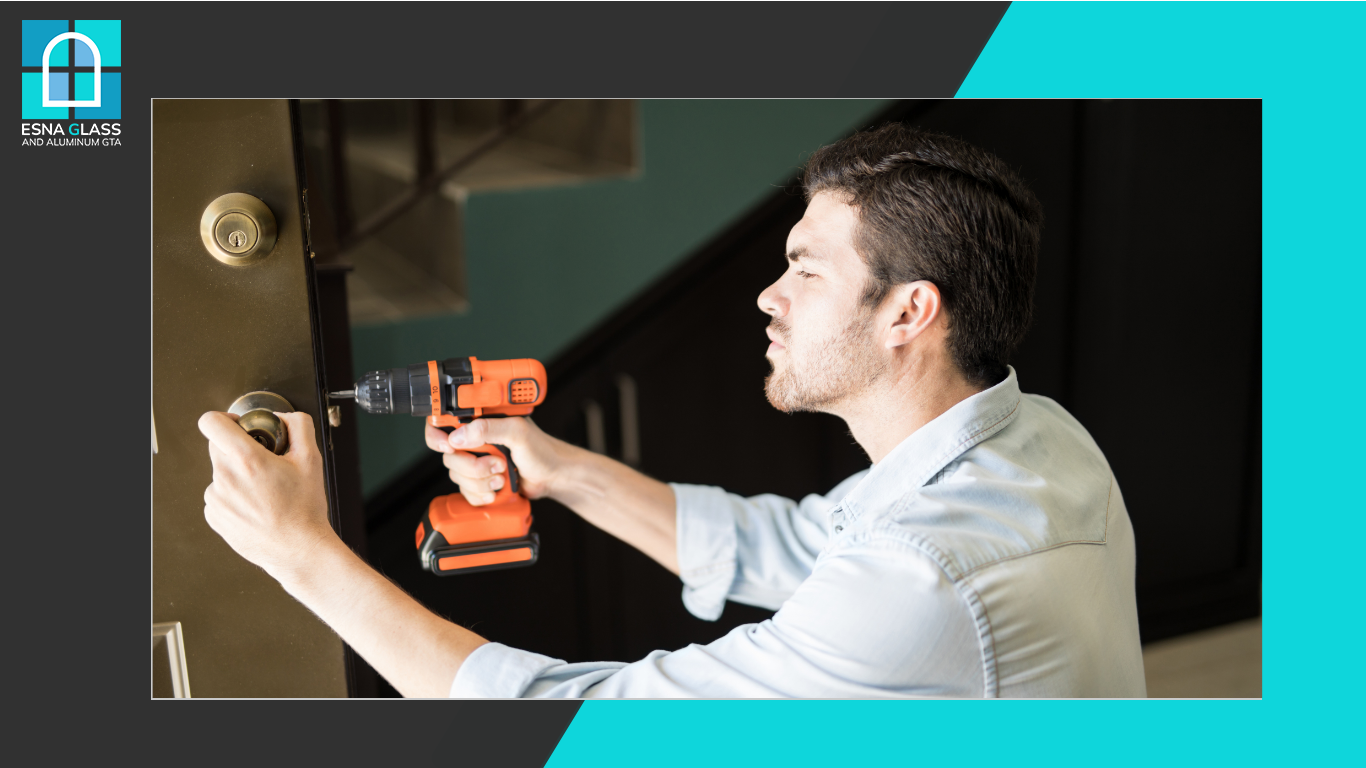
Hollow metal door
Hollow metal doors are not really hollow. They have soft door cores surrounded by stainless steel plating on all sides. Compared to solid metal doors, these doors are lighter and more affordable.
Additionally, they are helpful for any commercial door type. Although hollow metal doors have numerous practical advantages, they also have tremendous aesthetic appeal.
All details about hollow metal door construction
Hollow metal doors offer strength and durability because they consist of sheet metal, typically stainless steel, that is channel reinforced.
Compared to other door types, they are less likely to warp as temperatures change. They come in different finishes, with ornamental panels or other embellishments.
They have a long life as well. They can last 10 to 15 years with solid construction and maintenance.
There is some core element behind the door’s metal. For these cores, there are typically four choices:
- Honeycomb: An affordable option that offers some fire resistance.
- Polyurethane: Polyurethane is a plastic-like material that offers the most insulation. It expands to fill the metal shell’s nook. The material is not suited for fire resistance, though.
- Polystyrene: Polystyrene is a foam option that provides more insulation than honeycomb and has some resistance against fire.
- Mineral core: Mineral core doors are the best in industrial applications where fire risk or extreme heat is a big issue. These doors significantly reduce heat transfer, lowering the effect of heat during ordinary operation and allowing people to pass safely by the door in case of a fire.
You can also strengthen these doors by adding internal steel bars and filling up the gaps with one of the materials mentioned above. For back-of-the-house security, this significantly reinforces the door.
Different features of hollow metal doors
Hollow metal doors have different features, making them more suitable for your needs. For instance, fire doors can limit the spread of flames.
They have a fire rating, giving you the option to assess their suitability for your needs.
They may be made to be flush, contain windows, or even be made to resemble wood doors.
Uses for hollow metal doors
Back-of-house doors frequently contain hollow metal. They are beneficial because they give the appearance of strength and can have hardware that increases their security, such as steel-stiffened doors. Generally speaking, we typically use these doors inside commercial buildings (for staff, not for customers). There is no denying that hollow metal doors can be fashionable.
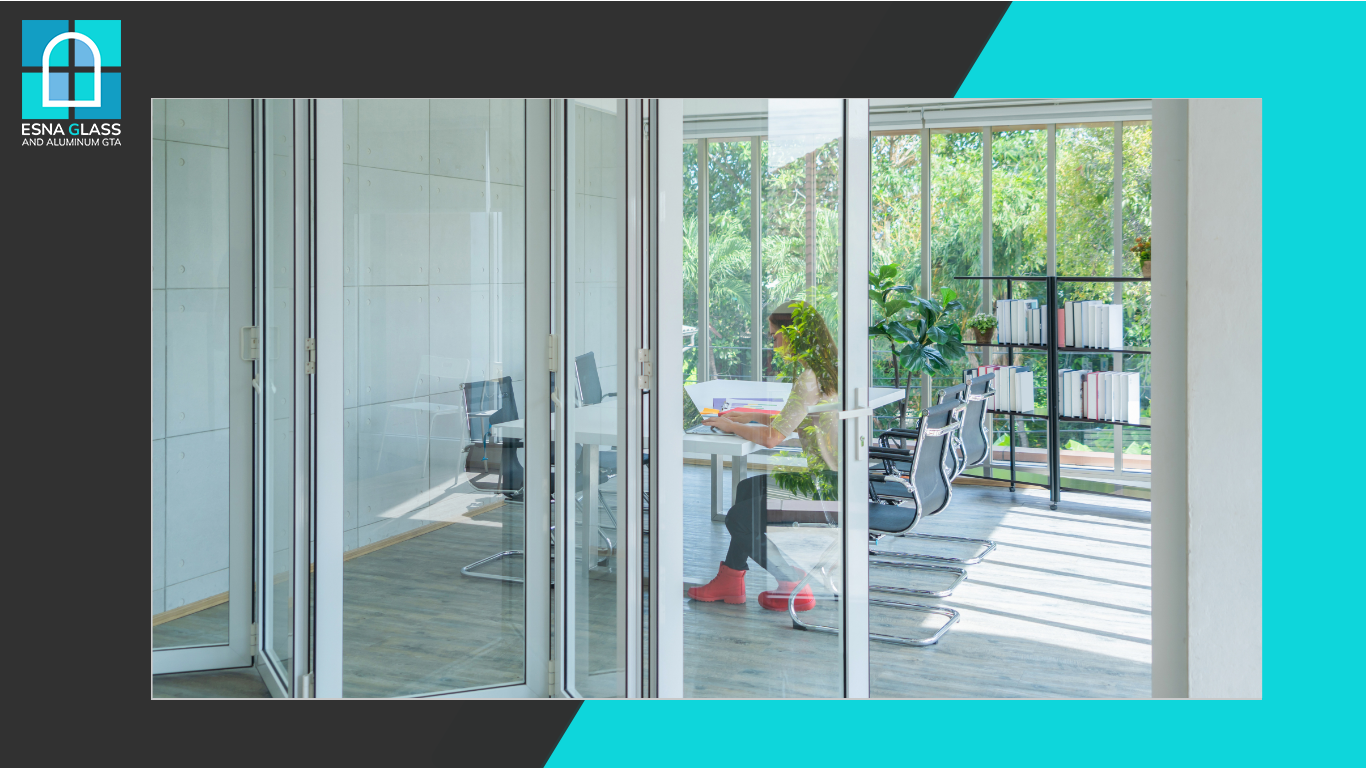
How to install a hollow metal frame
You only need 15 minutes to install a hollow metal door if you have the required tools and understand all steps. Metal frames are installed during the wall-framing process. After the installation of the door frame, the studs around the door frame are cut and put in place.
Metal door frames are durable and take less time to install. The main difference between wood jambs and metal frames is that metal door frames are not installed before hanging the drywall.
- Each of the legs has three door clips. These clips, which only fit one way, come with a door frame. Install one clip in the center, one 12 inches from the top, and one 12 inches from the bottom of the frame.
- Install a 2-foot magnetic level on top of the door frame after setting it in the opening. Shim one or both legs with metal studs until the frame is level.
- Using a 1/4″ masonry drill bit, drill two holes in each floor plate with a hammer drill and insert two 1/4″ x 3/4″ long drive pins. Drive pins are concrete anchors with pins that are driven in with a hammer. While drilling, ensure keeping the door frame centered on the wall track. For wood floors, you will need to use 1/4-inch drywall screws to secure the plates to the floor. You will probably require washers if the holes are bigger than the screw heads.
- Slide the metal studs against the clips on either side. Utilizing locking C-clamps, center the frame on the studs, then clamp the studs to the top clips. In each of the clips, insert two self-tapping screws.
- After fastening two 1/2-inch self-tapping screws into each door clip, clamp the remaining clips to the studs.
FAQ
What is the best material for hollow door filler?
Wood filler is the best option to repair small-scale to medium-sized holes in hollow doors. To fix small holes, you need a sharp utility knife to cut off any rough edges around the hole. Then, gently insert a small, crumpled piece of paper towel into the hollow part of the door that surrounds the hole.
Another way to fix holes in the hollow core doors is to spray low-expansion aerosol foam insulation.
What is the price of a commercial hollow metal door?
The hollow metal door price starts at $209.
What is the standard thickness of a hollow metal core door?
The standard hollow metal door thickness is 1-3/4 inches. They consist of channel-reinforced steel sheets filled with insulation materials like polyurethane, polystyrene, or kraft honeycomb.
Takeaway
Are you looking for a reputable company for door repairs? Esna Glass, with much experience in that field, can assist you in assessing if these doors are suitable for your facility.
Last but not least, our local experts can offer in Ontario like Milton, North York, Ajax, etc. For more information about our service areas, please click on the highlighted words.



